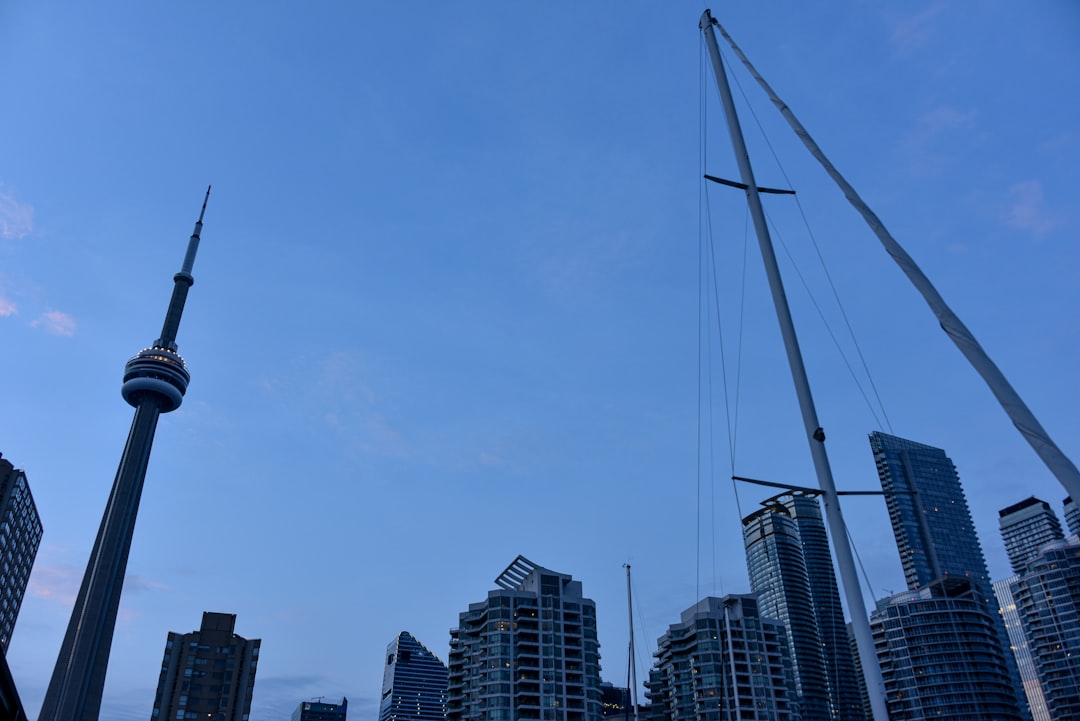Introduction: Architectural Wonders of Canada
Canada is a land of incredible diversity, not only in its landscapes and cultures but also in its architecture. From the bustling metropolises of Toronto and Vancouver to the historical buildings in Quebec, the country offers a stunning array of architectural styles that tell the story of its rich history and cultural evolution. This article aims to unearth some of the most impressive architectural landmarks across Canada, showcasing their significance and the unique stories behind them.
1. The Historical Charm of Quebec City
Quebec City is renowned for its rich colonial history, beautifully preserved in its architecture. The Old Quebec district, a UNESCO World Heritage site, is famous for its cobblestone streets, charming cafés, and stunning buildings. Among the highlights is the iconic Château Frontenac, one of the most photographed hotels in the world. This castle-like structure stands proudly on Cap Diamant, offering magnificent views of the St. Lawrence River.
The architectural style of Château Frontenac, with its steep roofs and turrets, is a striking homage to French heritage and has become symbolic of Quebec’s identity. Stepping into this hotel feels like traveling back to the era of the grand railways, where luxury and elegance were paramount. From the majestic ballrooms adorned with rich furnishings to the exquisite dining rooms that echo with laughter and conversation, the Château Frontenac is not only a place to stay but a destination unto itself.
Furthermore, exploring Old Quebec offers visitors a taste of French culture, with its bistros and patisseries lining the streets, allowing for a perfect blend of history and gastronomy. Whether it’s enjoying a leisurely walk along the fortifications or savoring a traditional poutine, Quebec City provides a unique immersion into a different world.
2. Toronto’s Modern Skyline
Transitioning from Quebec to the urban expanse of Toronto, visitors encounter a stark contrast in architectural style. The skyline is dotted with skyscrapers, reflective of modern innovation and design. One cannot miss the CN Tower, an engineering marvel that was the world’s tallest freestanding structure when it was completed in 1976.
The CN Tower features a revolving restaurant, offering diners breathtaking 360-degree views of the city and beyond. Its unique design is a testament to Canadian ingenuity and is recognized internationally as a significant achievement in engineering. The observation deck is a popular tourist spot, providing a perfect vantage point for capturing stunning skyline photos.
The CN Tower is not only an architectural icon but also serves as a broadcast hub, connecting the community through technology.

Adjacent to the CN Tower, the Rogers Centre and Ripley’s Aquarium enhance the vibrant waterfront district, making it a hub for both entertainment and leisure. Visitors can stroll along the boardwalk, enjoying the scenery while taking in the unique architectural style of buildings, such as the futuristic design of the Ontario College of Art and Design.
3. The Blending of Old and New: Calgary’s Central Library
Calgary’s Central Library opened in 2018 and has quickly become a cultural hub. The structure’s unique, futuristic design incorporates a variety of materials, including wood, glass, and aluminum, to create an inviting and functional space. The library’s facade, with its sweeping curves and open spaces, invites visitors to discover its offerings.
Inside, the library boasts a vibrant community space that holds regular events, workshops, and exhibitions. Its architecture symbolizes a shift towards more inclusive and accessible public spaces in modern Canada, reflecting a commitment to education and community engagement. It’s a place where innovation meets tradition, as both old and new elements coexist harmoniously.
The interior layout is thoughtful, promoting exploration and interaction, thus making it an attractive destination for visitors of all ages. The open spaces allow for natural light to flood in, fostering a warm and welcoming atmosphere.
4. Eco-Friendly Designs: The Vancouver Convention Centre
The Vancouver Convention Centre is not just a venue for events; it is a shining example of sustainable architecture. The centre features a six-acre living roof, home to native plant species that provide insulation, reduce stormwater runoff, and promote biodiversity. This outstanding design was integral to the building’s recognition as LEED Platinum certified.
Moreover, the Convention Centre’s location along the waterfront offers picturesque views of the mountains and the ocean, making it a perfect setting for international gatherings focused on eco-sustainability—a reflection of Vancouver’s commitment to protecting the environment.

The seamless integration of natural and urban environments at the Vancouver Convention Centre showcases Canada’s leadership in green building practices and sustainable urban development. Events hosted here not only focus on the industry but also highlight the importance of preserving nature in architectural practices.
5. Historic Lighthouses: Maritime Sentinels of British Columbia
Finally, no exploration of Canadian architecture would be complete without a mention of its iconic lighthouses. Scattered along the rugged coast of British Columbia, the Point Atkinson Lighthouse and many others serve as both navigational aids and stunning pieces of history. Built in the 19th century, these lighthouses represent the maritime heritage of Canada.
They not only function as working lighthouses but also engage visitors with their scenic locations and fascinating stories. Understanding their role in the safety of maritime navigation highlights the unique intersection of utility and architectural beauty. Each lighthouse has its own story, many of which date back to the origins of our coastal settlements and the seafarers who have traveled these waters.

Each lighthouse tells its own stories of adventure, caution, and survival against the unpredictable Atlantic seas.
While visiting these historic sites, one can witness breathtaking coastal views, take part in guided tours, or enjoy photography opportunities, ensuring that each visit is enriching and memorable.
Conclusion: Visit Canada’s Architectural Marvels
Canada’s architectural wonders are a testament to its rich history, innovative spirit, and deep regard for the environment. From the historic charm of Quebec City to the modern marvels of Toronto and Calgary, each structure tells a unique story that reflects the diverse cultural tapestry of the nation. Whether you’re an architecture enthusiast or just seeking to explore Canada’s beauty, these landmarks offer an unforgettable experience.
If you’re planning a visit to explore these architectural gems in Canada, consider booking an immersive guided tour through Viator, where you can get insider knowledge and local insights. Explore not just the architecture but the rich stories that shaped these structures.
Never miss the chance to explore these exceptional sites—each offers a deeper understanding of Canada’s past and present, allowing for a thoughtful exploration of the artistic ingenuity and cultural significance that characterize Canadian architecture. Remember, the architecture of a nation is not just about its buildings, but the stories they represent and the lives they touch.





